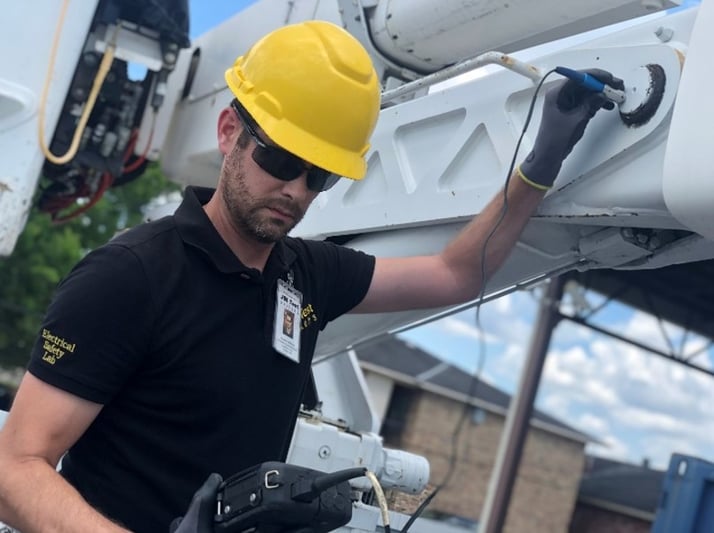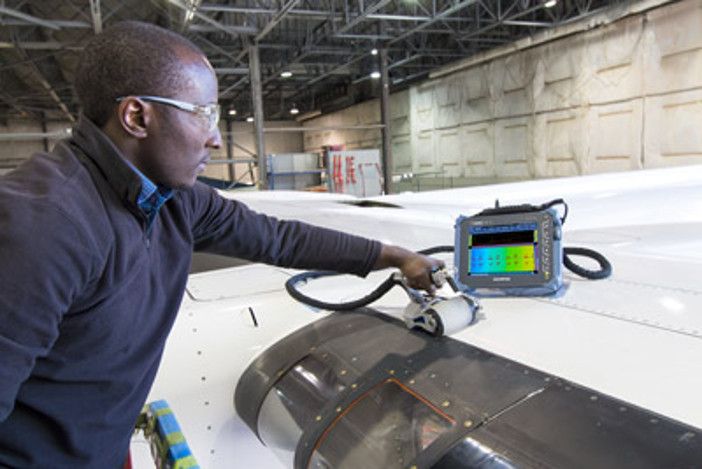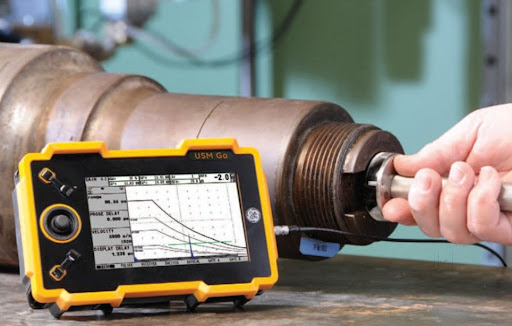Synchronization challenges in medical device inspection are pivotal for ensuring the accuracy, safety, and reliability of medical devices. In the fast-evolving world of medical technology, the demand for precise and efficient inspection processes is paramount. As medical devices become more complex, the need for synchronized inspection methods becomes critical to maintain quality and safety standards.
Medical device inspection involves various technologies and processes. These include visual inspections, automated systems, and more advanced techniques like X-ray and MRI evaluations. The synchronization of these diverse methods is essential to gain a comprehensive understanding of a devices quality and functionality.

Understanding the Importance of Synchronization
Synchronization in medical device inspection refers to the coordination of various inspection techniques and tools to achieve a unified assessment. This coordination minimizes the risk of errors that can arise from isolated inspections, ensuring that all aspects of a device are thoroughly evaluated.
Key Synchronization Challenges
1. Technology Integration
One of the main challenges is integrating different technologies used in inspections. Devices may require both visual and automated inspections, which need to be synchronized to provide a complete evaluation. [Learn more about optical inspection devices.]
2. Data Management
Managing the data from various inspection processes is another challenge. Ensuring that data from different sources is synchronized and analyzed effectively is crucial for accurate results.
3. Communication Between Devices
Ensuring effective communication between different inspection devices is essential for synchronization. [Explore how inspection sensors synchronize.]
4. Temporal Synchronization
This involves coordinating the timing of inspections to ensure that all inspection results are relevant and comparable.
Strategies for Overcoming Synchronization Challenges
1. Implementing Standard Protocols
Adopting standard protocols for data management and device communication can help overcome synchronization challenges. This ensures that all devices and processes are aligned with industry standards.
2. Advanced Software Solutions
Using sophisticated software solutions can facilitate the integration of various inspection technologies and manage data effectively.
3. Regular Training and Updates
Regular training for personnel involved in medical device inspection can ensure that they are aware of the latest technologies and techniques in synchronization.
The Role of Quality Assurance Professionals
Quality assurance (QA) professionals play a crucial role in addressing synchronization challenges. They are responsible for implementing strategies to ensure synchronized inspections and maintaining the overall quality of medical devices.
Ensuring Compliance
QA professionals ensure that synchronization processes comply with regulatory standards, which is essential for device approval and market entry.
Continuous Improvement
They also focus on continuous improvement of synchronization processes by staying updated with the latest industry trends and technologies.
Future Trends in Synchronization
With advancements in technology, the future of synchronization in medical device inspection looks promising. Emerging technologies like AI and machine learning are expected to play a significant role in enhancing synchronization processes.
AI and Machine Learning
These technologies can analyze data from various inspection processes and provide insights that can help improve synchronization.
Internet of Medical Things (IoMT)
The IoMT can enable better communication between medical devices and inspection tools, facilitating improved synchronization.
For further reading on inspection frequencies, you may visit Aviva Risk Solutions.
Conclusion
In conclusion, the synchronization challenges in medical device inspection are multifaceted, involving technology integration, data management, and communication between devices. Addressing these challenges requires a combination of standard protocols, advanced software solutions, and continuous improvements led by quality assurance professionals. As technology evolves, so will the methods of synchronization, promising more accurate and comprehensive inspections in the future.

FAQs
What are the main challenges in synchronizing medical device inspections?
The main challenges include technology integration, data management, communication between devices, and temporal synchronization.
How can synchronization challenges be overcome?
These challenges can be overcome by implementing standard protocols, using advanced software solutions, and ensuring continuous training and updates for QA professionals.
What role do QA professionals play in synchronization?
QA professionals ensure compliance with regulatory standards, focus on continuous improvement, and implement strategies for synchronized inspections.
This article contains affiliate links. We may earn a commission at no extra cost to you.
